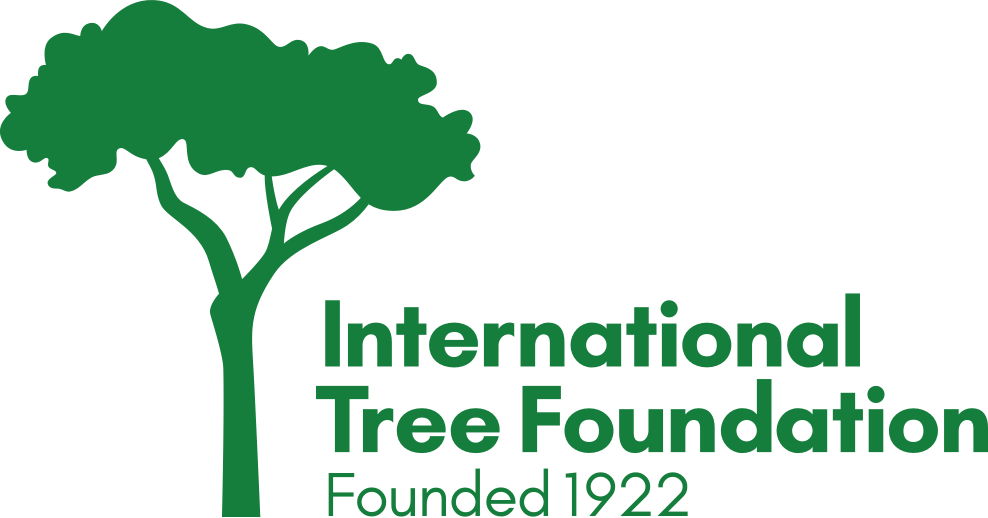When restoration goes wrong and how we put it right
Learning from setbacks is central to effective restoration and every project teaches us something new about climate, community and resilience.
Earlier this year one of ITF’s supporters asked me what has gone wrong, or performed less well, and what have we learnt from it.
This simple question caused me to reflect on the fact that we often highlight the successes – the forests restored, livelihoods strengthened and communities thriving. But every success story is built on lessons from the challenges that came before. I want to share a few recent examples of a few challenges and how at ITF we’re using them to learn, adapt and improve our impact.
1. Fire at bahati forest – planning for climate risk
At the start of this year, it was unseasonally dry in Bahati Forest, Western Kenya. At five o’clock on the evening of the 20th of February, a fire broke out. Of the 49 acres that the community had painstakingly replanted, 12 acres were destroyed before the fire was brought under control.
While we couldn’t have prevented the fire itself, the damage could have been reduced with wider firebreaks and planting of more fire-resilient species along the edges. Since then, we have developed a climate risk tool to put mitigation measures into every project from the outset.
We also drew on ITF’s Tree Survival and Sustainability Fund, a kind of restoration insurance scheme, to replant those lost seedlings.
2. Tree nurseries – defining what ‘good’ looks like
For years, ITF has supported the creation and strengthening of community tree nurseries. Through hands on training from ITF staff, they have flourished. But we realised that we hadn’t provided any clear written guidance on what 'good' looks like, from propagation, to record keeping and seedling care.
Without that, we were unintentionally holding communities back from achieving excellence. So, we developed the Tree Nursery Maturation Standard, a practical guide that outlines the pathway to improving all areas of nursery management. Now, nursery teams can see at a glance where they’re strong and where they can grow.
3. Partnering for success – learning to listen and assess
In one small pilot project, we found that a community partner had less presence on the ground than expected, despite our initial assessment. The result was a frustrating back-and-forth that delayed results for everyone.
We reflected with the team on what we could do differently. Now, before bringing a new partner on board, we spend more time alongside them on the ground, observing leadership styles, gauging the depth of trust with the wider community. We triangulate this with perceptions of local leaders and other due diligence and map capacity gaps that can be strengthened. This deeper engagement is helping us identify and support the right partners who truly reflect the community’s vision.
Hurdles make us jump higher
We will keep hitting hurdles and challenges, that’s the nature of restoration work, especially as climate change makes nature less predictable. What matters is how we respond. Each setback makes us a better, stronger organisation.
Openness and learning are core value for ITF. I hope these examples paint a picture of some of the challenges we face and how we overcome them.
Tree Survival and Sustainability Fund
The unprecedented challenges of climate change makes restoration more urgent and yet more challenging. Help ensure trees thrive wherever they are planted with a donation today.




